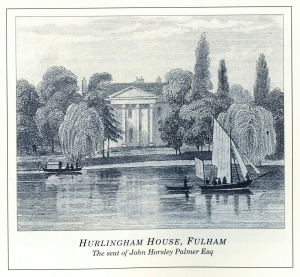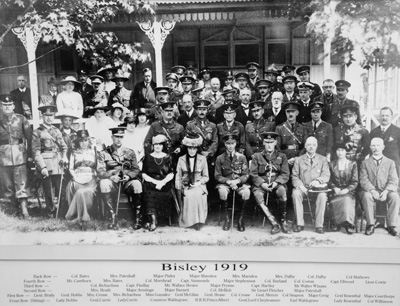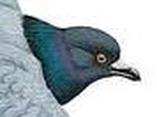|
CM FEDECAT is not a new body in fact it developed from the International Union of Hunting (UIC) created in Switzerland in 1921 to cover the disciplines of live pigeon, clay target and running deer. Britain was a founder member. The UIC established the rules for shooting sports. Then around 1969 the various international shooting groups developed in their own right and agreements were made which saw the UIT take sole control of the Olympic disciplines, and the other bodies shared the hunting and non-Olympic disciplines. These other international shooting groups developed into the CM FEDECAT and others that we see today.
Fedecat-UK was set up at the invitation of the World body CM FEDECAT in 2014 to continue the UK’s historic links by becoming an official member representing British shooters. This official membership allows British shooters to compete in the CM FEDECAT international calendar, embracing all the disciplines. Fedecat-UK is a recognized sports federation and it is the only federation in the UK that can select GBR teams to compete in International competitions of the CM FEDECAT world calendar. Like other UK bodies it is also a 'not for profit' organisation. |
- Home
- About Us
- BREAKING NEWS from the desk of Ron Burgandy.
- Individual Membership. Age Categories.
- Our Disciplines
- Para Trap5
- International Calendar Dates
- International Shoot Programmes
- PICTURE GALLERY + RESULTS ALL YEARS
- SHOP
- GBR Team Selection, Eligibility and Dress Code.
- Code of Conduct and Disciplinary Procedure
- Frequently Asked Questions (FAQ's)
- History of shooting sports





